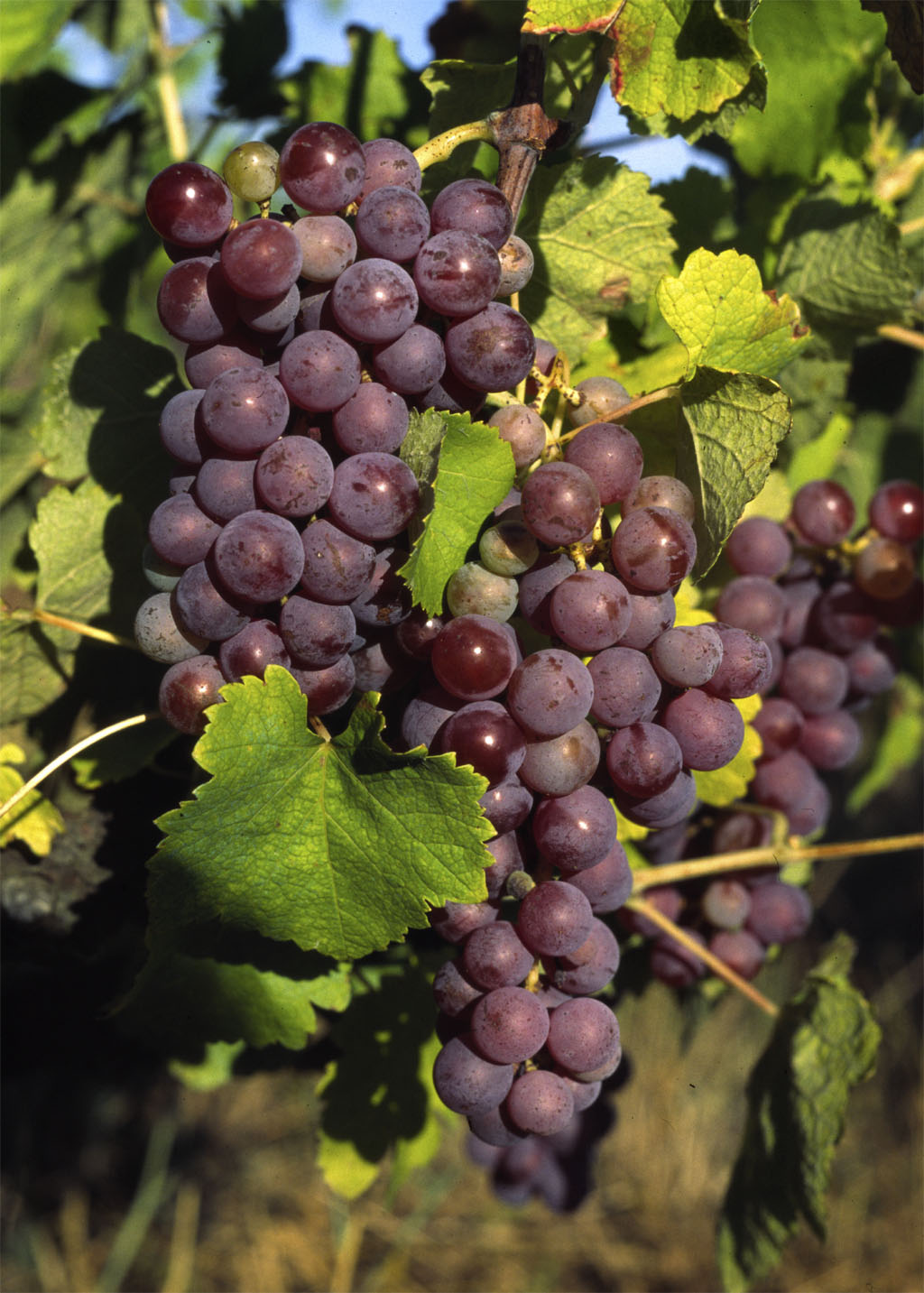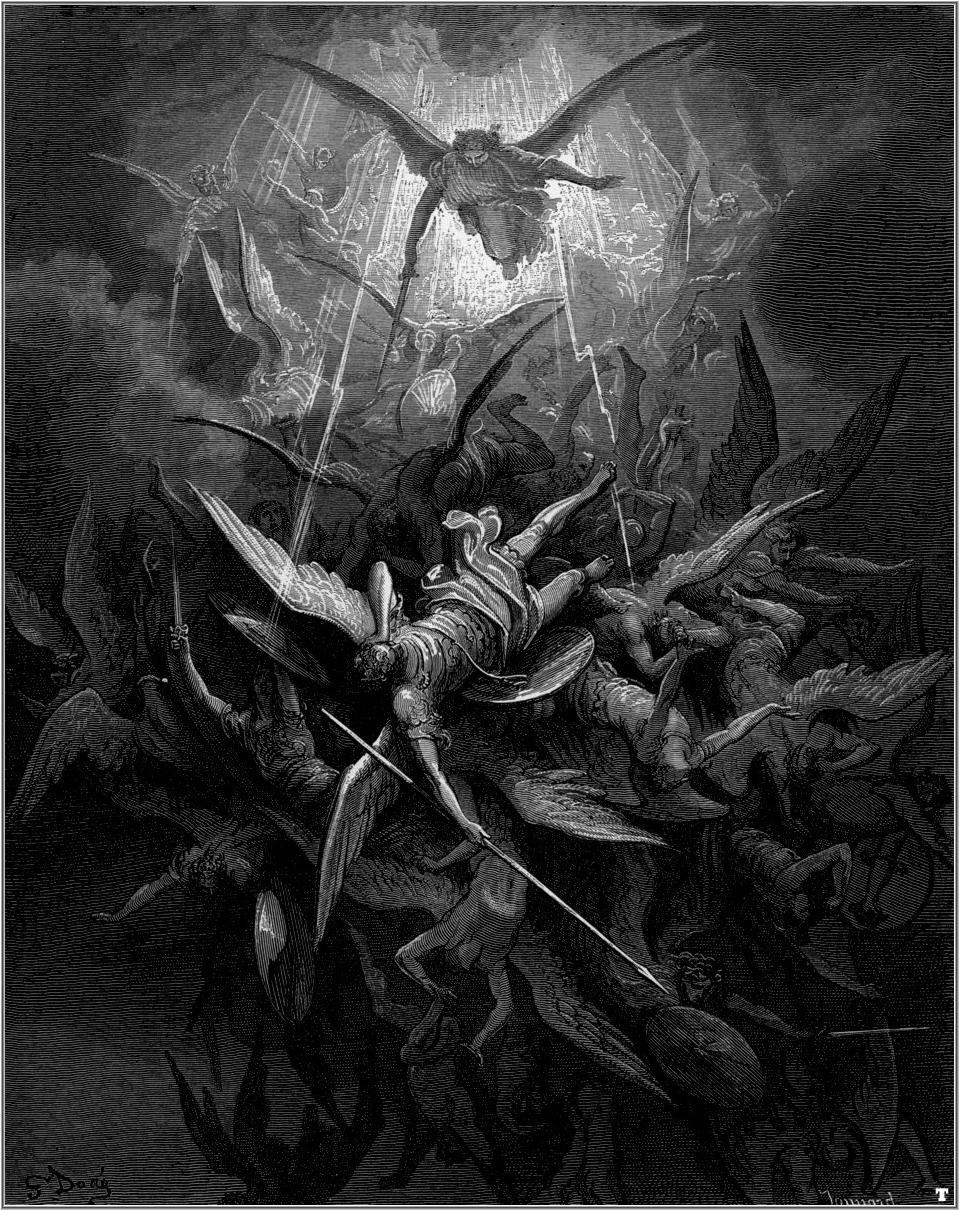|
Limoux Postcard Jules Védrines
Limoux (; ) is a commune and subprefecture in the Aude department, a part of the ancient Languedoc province and the present-day Occitanie region in southern France. Its vineyards are famous for being first to produce sparkling wine known as Blanquette de Limoux. Geography Limoux lies on the river Aude about due south of Carcassonne. In February 1965, it absorbed the former commune Vendémies. Limoux has two railway stations on the line to Carcassonne: Limoux station and Limoux-Flassian station. Population Blanquette de Limoux Blanquette de Limoux is produced around the city of Limoux. The main grape of the wine is Mauzac, followed by Chardonnay and Chenin blanc. Wine historians believe that the world's first sparkling wine was produced in this region in 1531, by the monks at the abbey in Saint-Hilaire, Aude. Culture The town is perhaps best known for its Winter festival called ''Fecos'' , often referred to (inaccurately) as a Carnival or ''Fête''. It is gener ... [...More Info...] [...Related Items...] OR: [Wikipedia] [Google] [Baidu] |
Subprefectures In France
In France, a subprefecture () is the Communes of France, commune which is the administrative centre of a Arrondissements in France, departmental arrondissement that does not contain the Prefectures in France, prefecture for its Departments of France, department. The term also applies to the building that houses the administrative headquarters for an arrondissement. Senate (France), Senate (in French). The civil servant in charge of a subprefecture is the subprefect, assisted by a Secretary (title), general secretary. Between May 1982 and February 1988, subprefects were known instead by the title Deputy Commissioner of the Republic (''commissaire adjoint de la République''). Where the administration of an arrondissement is carried out from a prefecture, the general secretary ... [...More Info...] [...Related Items...] OR: [Wikipedia] [Google] [Baidu] |
Mauzac (grape)
Mauzac or Mauzac blanc is a white variety of grape used for wine, of the species ''Vitis vinifera''. It is mainly grown in the Gaillac and Limoux regions in southwest France. Total French plantations of Mauzac stood at in the year 2000. Gaillac's aromatic wines are blended with Len de l'El to create mildly sweet and sparkling white blended wines. Since the late 1980s, some Gaillac producers have created an interest in Mauzac by producing better wines. In Limoux, Mauzac is a compulsory part of the Blanquette de Limoux, where it may be blended with Chenin blanc and Chardonnay. However, in Limoux, plantations of Mauzac are decreasing as it is losing ground to Chardonnay. The grape is also one of the seven permitted white varieties in Bordeaux wine. Mauzac buds and ripens late, and was traditionally picked quite late, when temperatures had dropped in Limoux. This allowed for slow fermentation preserving residual sugar for a "natural" second fermentation in the spring, creating a ... [...More Info...] [...Related Items...] OR: [Wikipedia] [Google] [Baidu] |
Limoux Wine
Limoux wine is produced around Limoux in Languedoc in southwestern France. Limoux wine is produced under four ''Appellation d'origine contrôlée'' (AOC) designations: Blanquette de Limoux, Blanquette méthode ancestrale, Crémant de Limoux and Limoux, the first three of which are sparkling wines and dominate the production around Limoux. The region's main grape is the Mauzac, locally known as ''Blanquette'', followed by Chardonnay and Chenin blanc. In 2005, the Limoux AOC was created to include red wine production, mostly Merlot.J. Robinson (ed) ''The Oxford Companion to Wine'' Third Edition pp. 402–403 Oxford University Press 2006 Wine historians believe the world's first sparkling wine was produced in this region in 1531 by the monks at the abbey in Saint-Hilaire.E. McCarthy & M. Ewing-Mulligan ''French Wine for Dummies'' p. 222 Wiley Publishing 2001 Climate and geography The Limoux wine region is located in the eastern foothills of the Pyrénées in southern France, ... [...More Info...] [...Related Items...] OR: [Wikipedia] [Google] [Baidu] |
Rugby League
Rugby league football, commonly known as rugby league in English-speaking countries and rugby 13/XIII in non-Anglophone Europe, is a contact sport, full-contact sport played by two teams of thirteen players on a rectangular Rugby league playing field, field measuring wide and long with H-shaped posts at both ends. It is one of the Comparison of rugby league and rugby union, two major codes of rugby football, the other being rugby union. It originated in 1895 in Huddersfield, West Yorkshire, England, as the result of a History of rugby league#The schism in England, split from the Rugby Football Union (RFU) over the issue of payments to players.Tony Collins, ''Rugby League in Twentieth Century Britain'' (2006), p.3 The rules of the game governed by the new Rugby Football League, Northern Rugby Football Union progressively changed from those of the RFU with the specific aim of producing a faster and more entertaining game to appeal to paying spectators, on whose income the new ... [...More Info...] [...Related Items...] OR: [Wikipedia] [Google] [Baidu] |
Limoux Grizzlies
XIII Limouxin, also known as Limoux Grizzlies, are a semi-professional rugby league club from the town of Limoux in the Aude area in southern France. They play in the Super XIII. The club was formed in 1951. They have won the French rugby league championship four times and Lord Derby Cup on two occasions. The Stade de l'Aiguille is their home stadium. History On 22 October 1951 after a disagreement with the French rugby union the club switched codes and under the name Sporting Club Limoux XIII they entered the amateur Federal League. In the 1955–56 season they won the cup and were runners-up in the league. In 1962 the club entered the National League and after reaching the cup semi-final in 1967 they lifted the championship title in 1968 in Toulouse against AS Carcassonne, 13–12, after extra time in front of 15,000 fans. The team that day was: Andrieu, Blair, Bonnafous, Belli, Bellinguier, Bernadoi, Costeseque, Datta, Dumas, Guiraud (captain), Lecinena, Marty, Dolly, Parpa ... [...More Info...] [...Related Items...] OR: [Wikipedia] [Google] [Baidu] |
Corbières Massif
The Corbières Massif ( ; ; ) is a mountain range in the Pre-Pyrenees. It is the only true foothill of the Pyrenees on their northern side. Geography The Corbières are a mountain region in the Languedoc-Roussillon in southeastern France, located in the departements of Aude and Pyrénées-Orientales. The river Aude borders the Corbières to the west and north, and the river Agly more or less to the south. The eastern border is the Mediterranean Sea. The eastern part of the Corbières bordering the Mediterranean and the Etangs is also known as the ''Corbières Maritimes''; its climate and vegetation (thermo- mediterranean vegetation) are distinct from those in the western part. The highest point of the Corbières is the 1,230 m high Pic de Bugarach The Pic de Bugarach () or Pech de Bugarach (; ; "Peak of Bugarag") is the highest summit (1230 m) in the Corbières Massif in the French ''Midi''. The western part of the mountain is located on the territory of the comm ... [...More Info...] [...Related Items...] OR: [Wikipedia] [Google] [Baidu] |
Alexandre Guiraud
Pierre Marie Jeanne Alexandre Thérèse Guiraud better known as Alexandre Guiraud (24 December 1788 – 24 February 1847) was a French poet, dramatic author and novelist. Biography Guiraud was born in Limoux, Aude, the son of a rich cloth merchant. He studied at the ''École de droit'' de Toulouse where he created a "Gymnase littéraire". He made frequent trips to Paris where the success of his poetry opened the doors to the Académie française to which he was elected against Alphonse de Lamartine in 1826. He was named Baron by Charles X in 1827 in reward for his contribution to the opera ''Pharamond''. He was the author of many elegiac poems as well as tragedies and novels. He died in Paris. Works *''Élégies savoyardes'' (1822) *''Les Machabées, ou le Martyre, tragédie en 5 actes'', Paris, Théâtre de l'Odéon, 14 June 1822 *''Le Comte Julien, ou l'Expiation, tragédie en 5 actes'', Paris, Théâtre de l'Odéon, 12 April 1823 *''Cadix ou la délivrance de l'Espagne' ... [...More Info...] [...Related Items...] OR: [Wikipedia] [Google] [Baidu] |
Marshal Of France
Marshal of France (, plural ') is a French military distinction, rather than a military rank, that is awarded to General officer, generals for exceptional achievements. The title has been awarded since 1185, though briefly abolished (1793–1804) and for a period dormant (1870–1916). It was one of the Great Officers of the Crown of France during the and Bourbon Restoration in France, Bourbon Restoration, and one of the Grand Dignitaries of the French Empire, Grand Dignitaries of the Empire during the First French Empire (when the title was Marshal of the Empire, not Marshal of France). A Marshal of France displays seven stars on each shoulder strap. A marshal also receives a Baton (military), baton – a blue cylinder with stars, formerly fleur-de-lis, fleurs-de-lis during the monarchy and French Imperial Eagle, eagles during the First French Empire. The baton bears the Latin inscription of ', which means "terror in war, ornament in peace". Between the end of the 16th century a ... [...More Info...] [...Related Items...] OR: [Wikipedia] [Google] [Baidu] |
Francis De Gaston, Chevalier De Levis
Francis may refer to: People and characters *Pope Francis, head of the Catholic Church (2013–2025) *Francis (given name), including a list of people and fictional characters *Francis (surname) * Francis, a character played by YouTuber Boogie2988 Places * Rural Municipality of Francis No. 127, Saskatchewan, Canada * Francis, Saskatchewan, Canada ** Francis (electoral district) * Francis, Nebraska, USA *Francis Township, Holt County, Nebraska, USA * Francis, Oklahoma, USA *Francis, Utah, USA Arts, entertainment, media * ''Francis'' (film), the first of a series of comedies featuring Francis the Talking Mule, voiced by Chill Wills *''Francis'', a 1983 play by Julian Mitchell * Francis (band), a Sweden-based folk band *Francis (TV series), a Indian Bengali-language animated television series Other uses *FRANCIS, a bibliographic database * ''Francis'' (1793), a colonial schooner in Australia *Francis turbine, a type of water turbine See also *Saint Francis (other) * Fra ... [...More Info...] [...Related Items...] OR: [Wikipedia] [Google] [Baidu] |
Jardin Aux Plantes La Bouichère
The Jardin aux Plantes la Bouichère (2 hectares) is a private botanical garden specializing in fragrant plants. It is located on the banks of the river Aude in the Domaine de Flassian, Rue Dewoitine, Limoux, Aude, Languedoc-Roussillon, France, and open Wednesday through Sunday in the warmer months; an admission fee is charged. The garden was created circa 2001, and now contains some 2,500 perennials, shrubs, and trees, with a focus on aromatic plants, including 60 types of salvia and 30 types of mint. The garden is organized into a number of small areas: an exotic garden, garden of colors, vegetable garden, rose garden, moon garden, medieval garden, orchard, nursery, and vineyard. It also contains a collection of conifers and grasses, as well as an aviary of birds from Australia, Asia, and South America. See also * List of botanical gardens in France This list of botanical gardens in France is intended to contain all significant botanical gardens and arboretums in France. Ain ... [...More Info...] [...Related Items...] OR: [Wikipedia] [Google] [Baidu] |
Catharism
Catharism ( ; from the , "the pure ones") was a Christian quasi- dualist and pseudo-Gnostic movement which thrived in Southern Europe, particularly in northern Italy and southern France, between the 12th and 14th centuries. Denounced as a heretical sect by the Catholic Church, its followers were attacked first by the Albigensian Crusade and later by the Medieval Inquisition, which eradicated the sect by 1350. Around 1 million were slaughtered, hanged, or burnt at the stake. Followers were known as Cathars or Albigensians, after the French city Albi where the movement first took hold, but referred to themselves as Good Christians. They famously believed that there were not one, but two Godsthe good God of Heaven and the evil god of this age (). According to tradition, Cathars believed that the good God was the God of the New Testament faith and creator of the spiritual realm. Many Cathars identified the evil god as Satan, the master of the physical world. The Cathars believe ... [...More Info...] [...Related Items...] OR: [Wikipedia] [Google] [Baidu] |
Carnival Of Limoux
The Carnival of Limoux () is an annual festival held in Limoux, Languedoc-Roussillon, France. It takes place for three months on the weekends between January and Mardi Gras and is conducted in Occitan, the area's traditional language. The festival is famous for its alternation of bands and pierrots. History According to a tradition that dates to the 14th century, millers were released at Mardi Gras from their dues to the Dominican priory at Prouille and celebrated by walking through the streets scattering sugared almonds and flour, accompanied by minstrels. The carnival has been celebrated in Limoux since 1604. The wine festival Toques & Clochers has been held in Limoux every spring since 2011. The café scene is dominant in Limoux where food and drink are the dominant cultural pastime. Gallery Image:France-Carnaval de Limoux.jpg, Characteristic scene Image:France-Carnaval de Limoux2.jpg, Characteristic scene Bibliography * D. Fabre and Charles Camberoque: ''La Fête ... [...More Info...] [...Related Items...] OR: [Wikipedia] [Google] [Baidu] |





